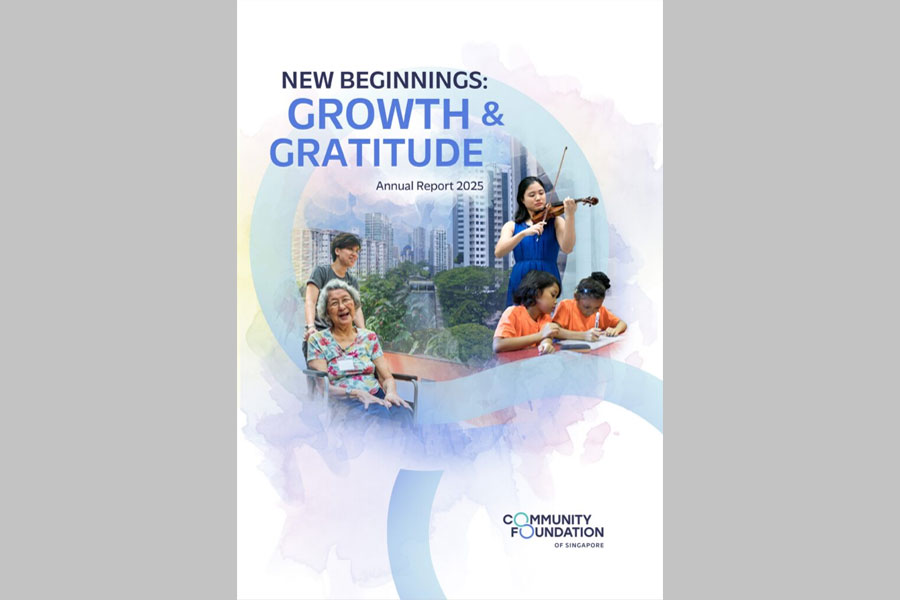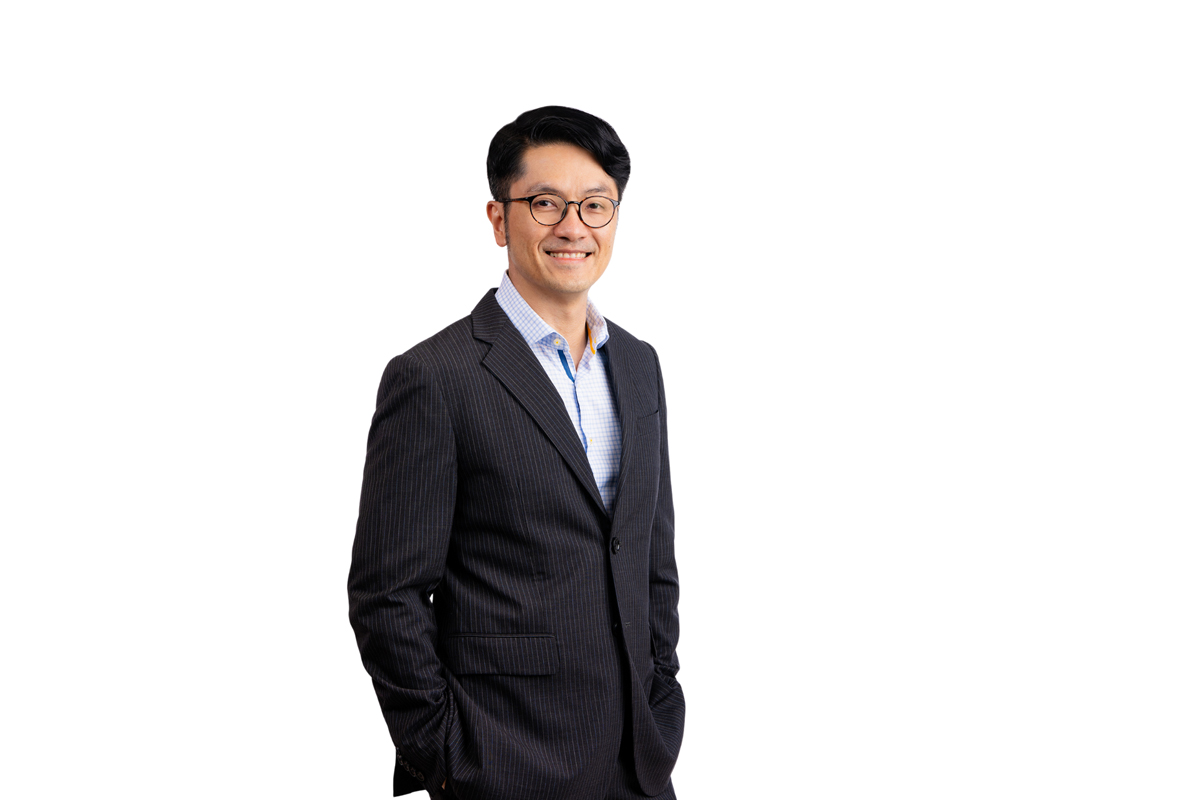Sayang Sayang Fund – Let’s do more together!


The Sayang Sayang Fund has reached our initial target of $500,000!
A big thank you to our generous donors, who helped us reach this amount in less than seven days.
From the $500,000 raised, CFS will be distributing transport vouchers to healthcare institutions from 19 February 2020. Grants will also be distributed to charities that help disadvantaged individuals who have been further challenged by the heightened precautionary measures, such as vulnerable seniors and low income families.
The heart-warming outpouring of love and support has motivated us to extend our target to raise another $150,000, to support healthcare professionals like home care nurses, as well as those in nursing homes and shelters. The money will be used to appreciate these equally selfless heroes, who are committed to continuing their services for the vulnerable.
Launched on 11 February, CFS has designated the Sayang Sayang Fund a community impact fund that will support the vulnerable in our community during times of national crises.
The Sayang Sayang Fund has reached our initial target of $500,000!
A big thank you to our generous donors, who helped us reach this amount in less than seven days.
From the $500,000 raised, CFS will be distributing transport vouchers to healthcare institutions from 19 February 2020. Grants will also be distributed to charities that help disadvantaged individuals who have been further challenged by the heightened precautionary measures, such as vulnerable seniors and low income families.
The heart-warming outpouring of love and support has motivated us to extend our target to raise another $150,000, to support healthcare professionals like home care nurses, as well as those in nursing homes and shelters. The money will be used to appreciate these equally selfless heroes, who are committed to continuing their services for the vulnerable.
Launched on 11 February, CFS has designated the Sayang Sayang Fund a community impact fund that will support the vulnerable in our community during times of national crises.
- Related Topics For You: CAREGIVER SUPPORT, CHARITY STORIES, COMMUNITY IMPACT FUND, DIRECT AID, DONOR STORIES, FAMILIES, HEALTH, INCLUSIVITY & INTEGRATION, NEWS, PROMOTING HEALTHCARE, SAYANG SAYANG FUND, SENIORS, STORIES OF IMPACT



